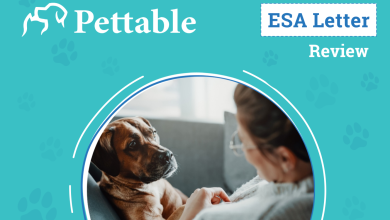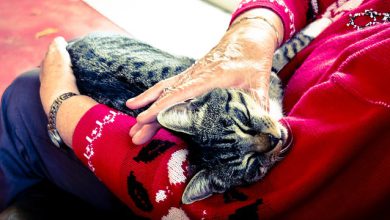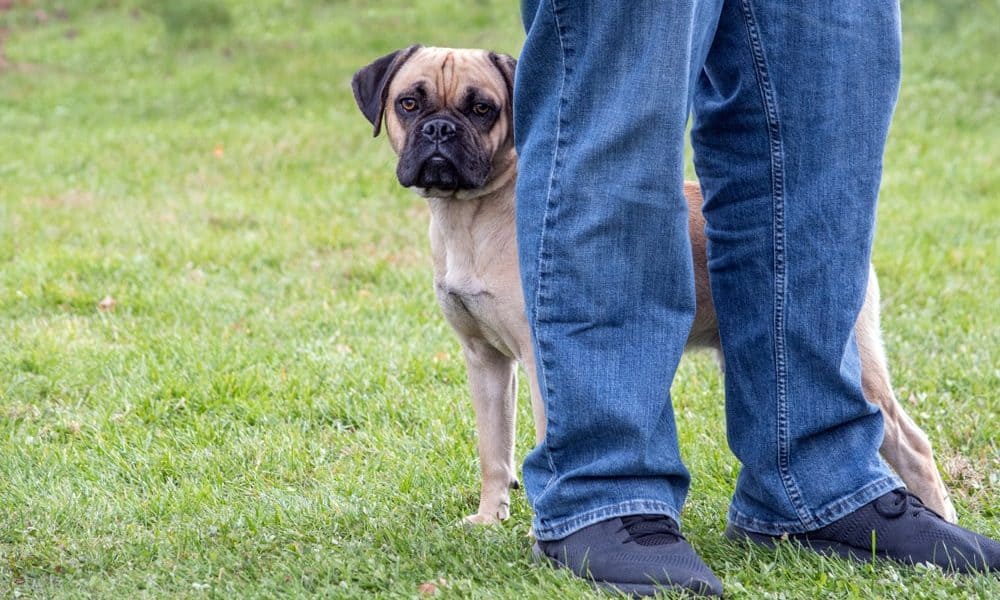
Dogs are naturally social, with a
tendency to be drawn to others. Just as some humans suffer from shyness, some
dogs are more timid than their counterparts. The good news is that even if your
dog is afraid of other dogs, there are some steps you can take to promote
confidence. It won’t happen overnight but with time and patience, you can help
your canine companion overcome fear
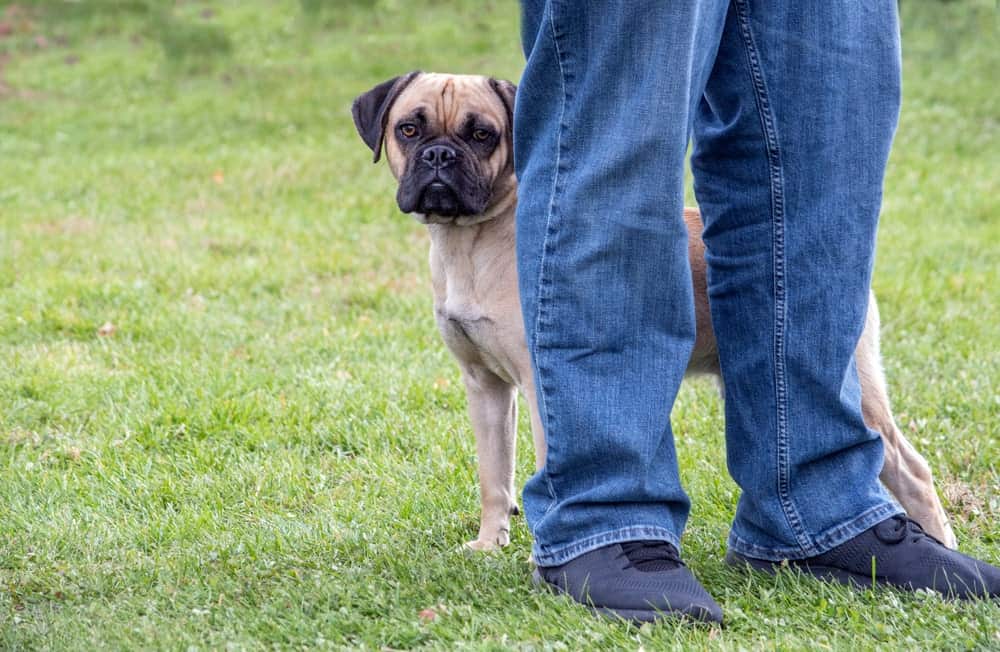
Why is my dog afraid of other
dogs?
Understanding why some dogs are
afraid of others is the first step in making positive changes. There are a few
reasons why dogs fear one another.
In many cases, dogs that have had limited exposure to others are fearful. This type of fear has nothing to do with the behavior of the other dog; it’s simply caused by a lack of interaction with other dogs.
Some dogs are more fearful by
nature than others. These dogs typically have submissive personalities; perhaps
because they were lowest in the pecking order in their litter.
In some cases, dogs that have
been attacked are terrified of others. Fear of being traumatized fuels their
sense of uncertainty and any sign of aggression from another dog can lead to
panic.
How can I tell when my dog is
starting to feel stressed?
Your dog can’t verbally express fear, so it’s important to watch for signs of stress if scary situations have happened in the past. It’s also a good idea to read up on how to read a dog’s body language. Knowing that your dog is beginning to feel frightened can help you take steps toward preventing a full-blown panic attack.
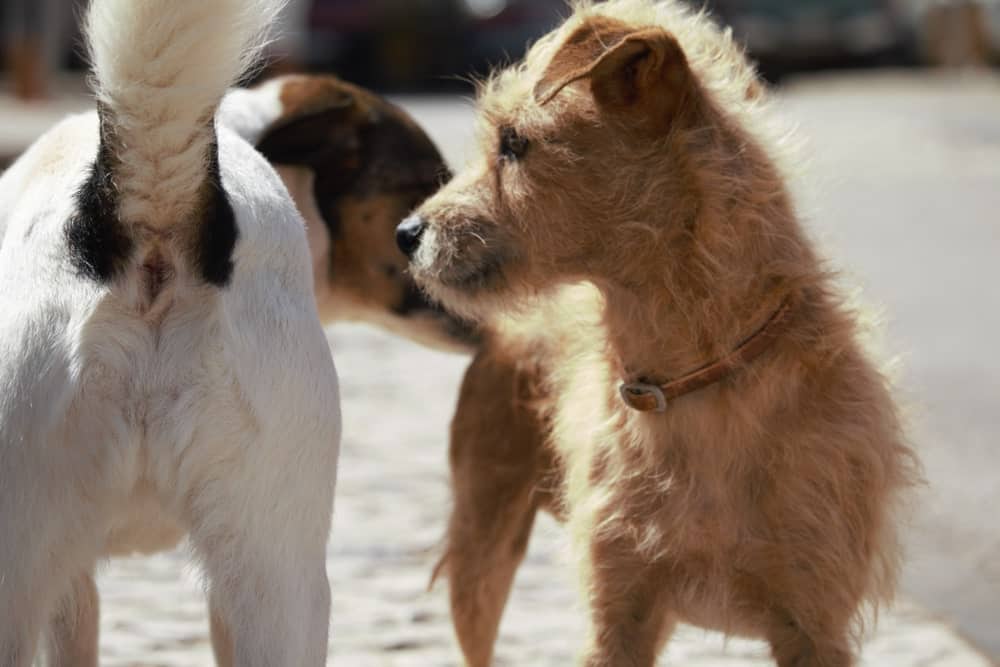

● Your dog starts to yawn in a forced way
● Your dog begins to lick their lips in an exaggerated manner
● Your dog starts to slow down while walking, perhaps attempting to hide behind you
● You notice that your dog is starting to shiver
● Your dog starts to whine nervously
These are all signs that your dog
is afraid, and they’re your cues to step in and prevent another negative
experience that could make existing fear worse.
If you miss these nonverbal hints, the dog experts at PupJunkies explain that “Your dog’s fear could lead to defensive aggression such as lunging, barking, and snapping at the strange dog they’ve encountered, particularly if they’re walking on a leash and have no option to run away. If this is happening, understand that your dog isn’t being “bad;” instead, they’re responding to their fight or flight instinct.”
Is there anything I can do to
help my dog during a fearful episode?
According to the experts at Innovetpet, the first step in helping your dog is to exhibit confident, calm, predictable behavior. If you show signs of fear because you’re not sure what’s going to happen next, your dog will become more frightened. The good news is that it’s easy to set your dog up for success with the following hints.
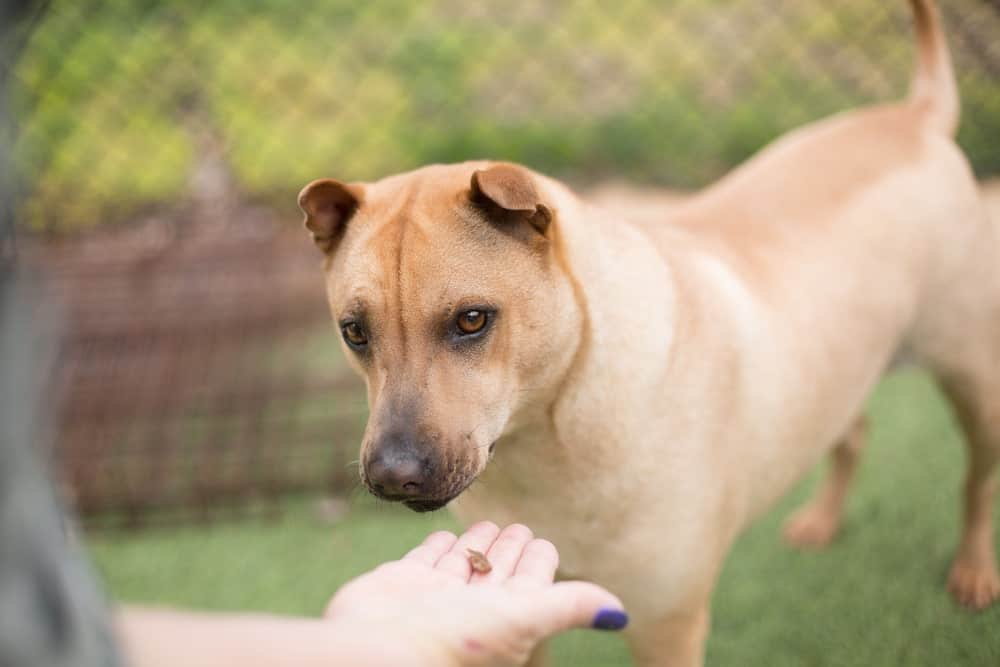

· Stay away from dog parks for the time being, particularly those where dogs are allowed to play off-leash. If your dog is overcome by fear while off leash, they could run away to escape strange dogs; if this happens, you’ll need to create an alert with a local lost pet register.
· Watch for other dogs when you’re walking and intentionally create a buffer zone between your pet and the oncoming stranger. Cross the street, use a parked car or a park bench as a barrier, or turn up a side street if you can.
· If a friendly stranger approaches with their dog and wants to “say hello,” firmly say “no.” Most people are sympathetic when you quickly but calmly let them know that your dog is afraid of others.
· Don’t shout at your dog, and don’t try to force them to interact. Remain calm. Staying calm physically shows your dog that everything is OK.
How can I help my dog get over
fear of other dogs?
Most experts who offer dog
training tips recommend gradually exposing your dog to non-threatening canine
“strangers” as a way to build confidence over time. This is a form of
counterconditioning or desensitization that can help your dog get over the
behavioral response they’ve formed.
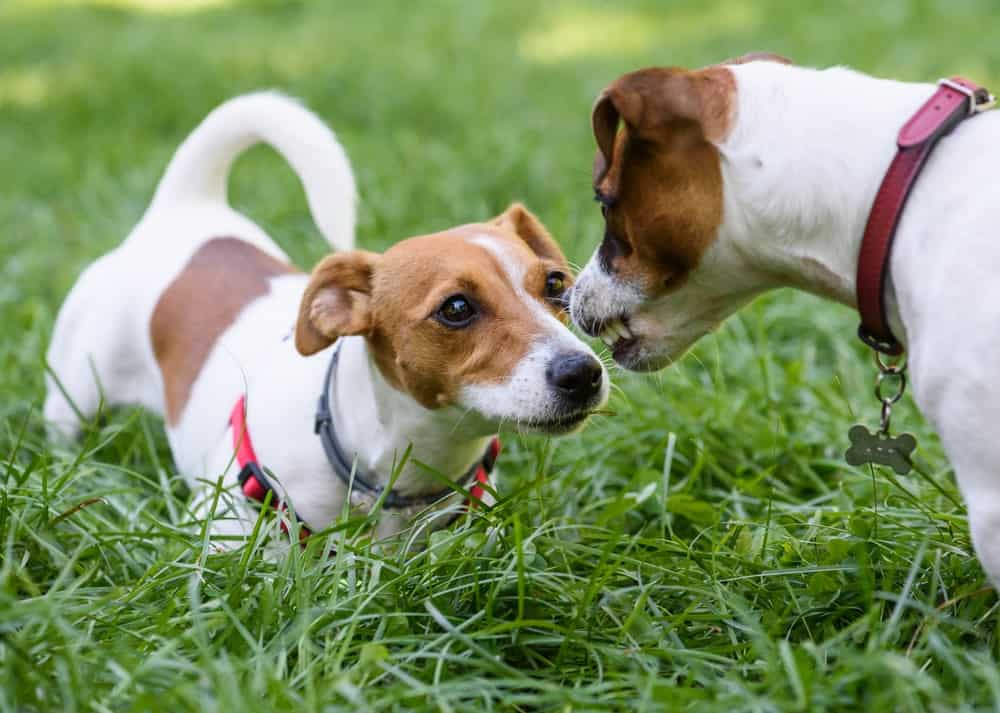

Desensitization takes time;
however, it is a good strategy for most dogs. The process works by gradually
boosting your dog’s confidence. Eventually, your dog will feel better about
meeting and interacting with other dogs. You’ll find that it helps to have an
acquaintance with a calm, friendly dog help you through the following steps.
Note that you’ll want to perform this process over several sessions, gradually
closing the distance.
· Load your pockets with your dog’s favorite treats. If they’re large, break them up into nibble-sized pieces. Choose something really high-value that your dog normally can’t resist. Liver snaps are a smelly, non-messy option that appeals to most dogs.
· Allow your dog to see the other dog from a safe distance. You probably have some idea of your dog’s threshold; maybe it’s ten feet, or perhaps it’s ten yards. As you gradually close the distance, watch your dog for the first signs of nervousness – usually you’ll see a telltale yawn or some lip licking before other signs of distress turn up. Stop there and don’t allow your dog to get any closer until the next step.
· Back off and walk around, distracting your dog until they’re calm again. Turn back in the direction of your friend and start giving your dog treats one after another as soon as you see the other dog. Continue as you get closer. The idea is to create a mental connection between the appearance of this other dog and the rewards you’re giving. Keep on giving the treats and gradually circle away until the other dog is out of your line of sight. Stop giving treats when your dog can’t see the other dog.
· Repeat the process over and over so that your dog understands that seeing your friend’s dog means getting treats.
· Between sessions with your friend’s dog, take your dog on walks and repeat the treat process each time you see a strange dog approaching, beginning when they come into view and stopping only when they’re out of sight. Keep on treating until you and the other dog walker have passed one another.
· Gradually decrease the distance between your dog and other dogs as your dog gains confidence. If your original buffer zone was 50 feet, try 25 or 30 feet. If it was ten feet, try eight feet and gradually move closer, giving treats the entire time. You’ll know that you’ve gotten too close if signs of stress return. When your pet calmly watches other dogs approach and looks to you for treats, you’ll know that you’re on the right track.
If you don’t have a friend with a
cooperative dog available, consider working with a behaviorist or a dog trainer
who practices positive reinforcement. Interview the professional you’re
thinking of working with to ensure that their methods align with your
preferences.
Conclusion
Dogs are individuals just like
us. Some will get over their fear of others completely and might eventually
enjoy playing at the dog park. Others will simply gain more confidence while
walking on leash, but they won’t show signs that they want to play or even
interact with other pups. Respect your dog’s emotional needs and understand
that past experiences, genetics, and other factors shaped their personality.
Enjoy spending time together, aim for gradual progress, and don’t force the issue if things don’t seem to be working out. By keeping your dog safe and comfortable, you’re doing the best you can to ensure that life is happy – and in the end, happiness and your companionship are what your dog truly wants.
About the Author:
This guest post is written by Lauretta of PawMaw. If you have a missing dog, check out our website PawMaw, which connects lost four-legged friends with their pet parents.

